Insects are small and defenseless creatures. Nature, of course, has endowed some with means of protection such as mandibles or stings. But even the armed ones prefer to keep a low profile unless necessary. 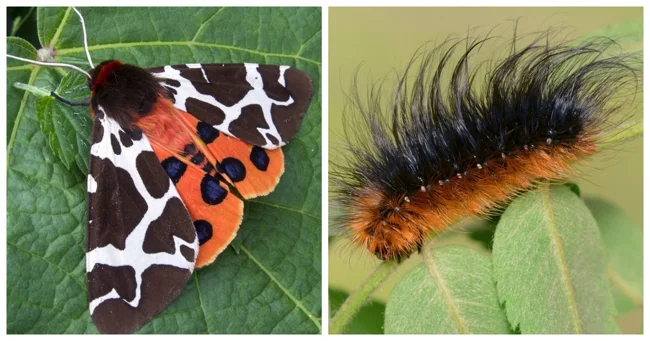
And these beauties can lazily circle in the midst of enemies, not paying attention to the high probability of being eaten or crushed. They are representatives of a very impressive species diversity, of which there are about 11 thousand species. 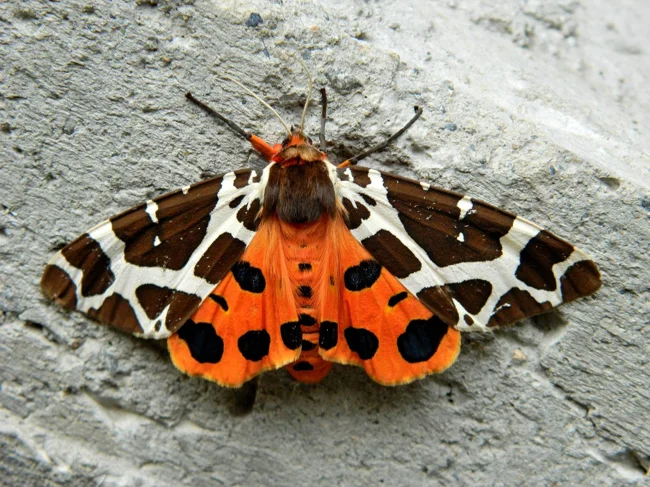
The bear got its name because of its caterpillars. At this stage of development, the future flying Valkyrie is covered with thick and plush fur, reminiscent of bear fur. 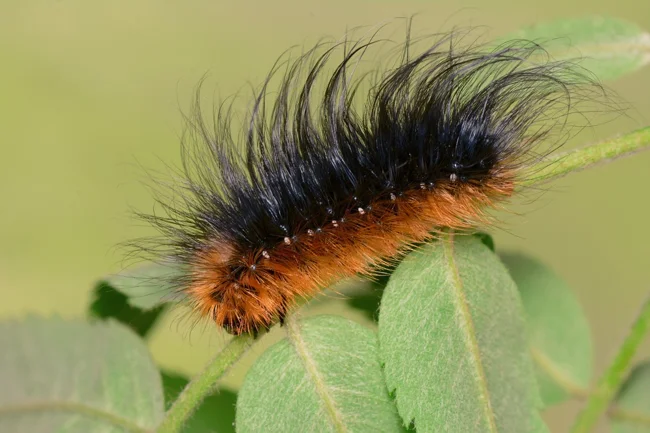
Most butterflies are nocturnal and fly towards the light. And during the day they sit out somewhere in secluded places, waiting for the blessed darkness, which allows them to stretch their wings and fill their bellies. At the same time, night birds and bats come out to hunt, and it is also time for them to eat. But they rush past the bears as if they were empty space. Why? Here it is - nutritious prey. 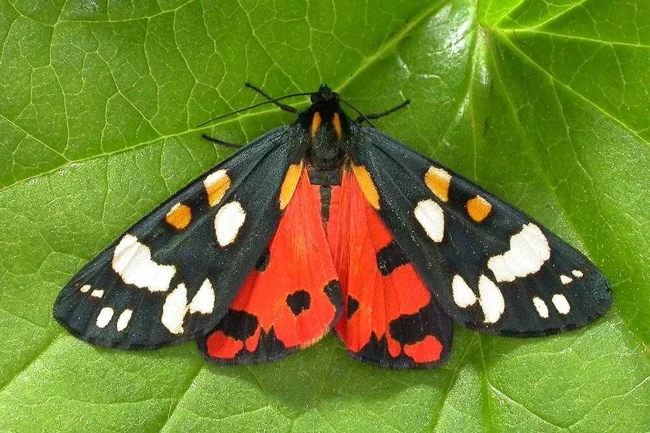
The reason is that most of these butterflies are real entertainer chemists. In the course of evolution, they have learned to safely accumulate toxic substances and compounds contained in plant foods. And calmly store a mini-factory of reagents not only in the form of a caterpillar, but also a butterfly too. 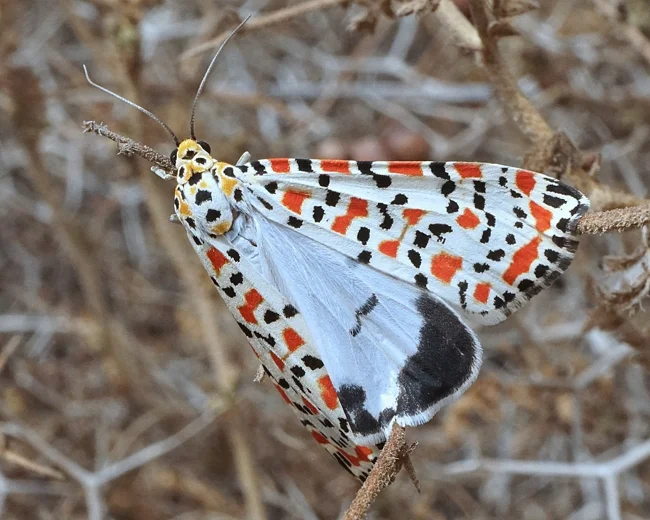
And some female bears went even further - they learned to consciously consume and accumulate poisons. Thus, a dangerous polypeptide called kaiin was discovered in the body tissues of furry beauties. It poses a danger not only to other insects, but to warm-blooded animals, including humans. 
Therefore, when you see these fur dancers, you should not grab them in your hands: you can easily get burns and inflammation. Nocturnal predators have long learned about this method of protection from the example of their fellow tribesmen who were not lucky enough to be bitten by a bear, and they try to avoid these butterflies.
0 comments
